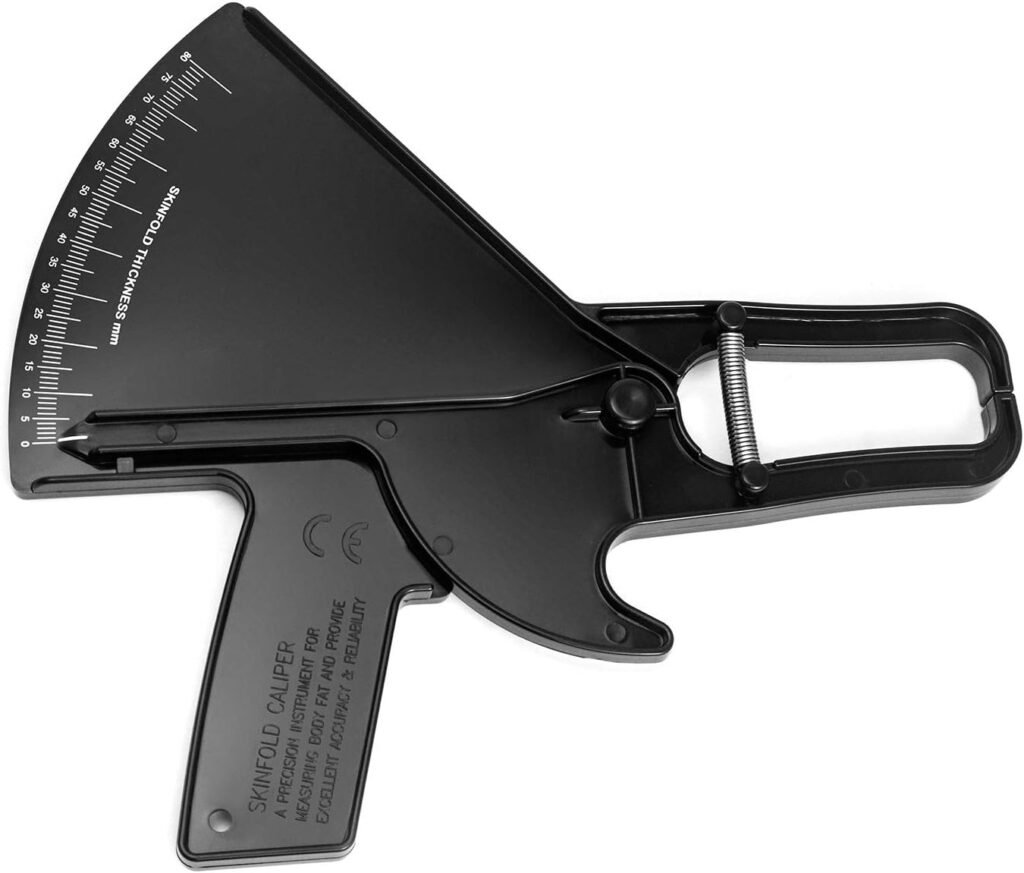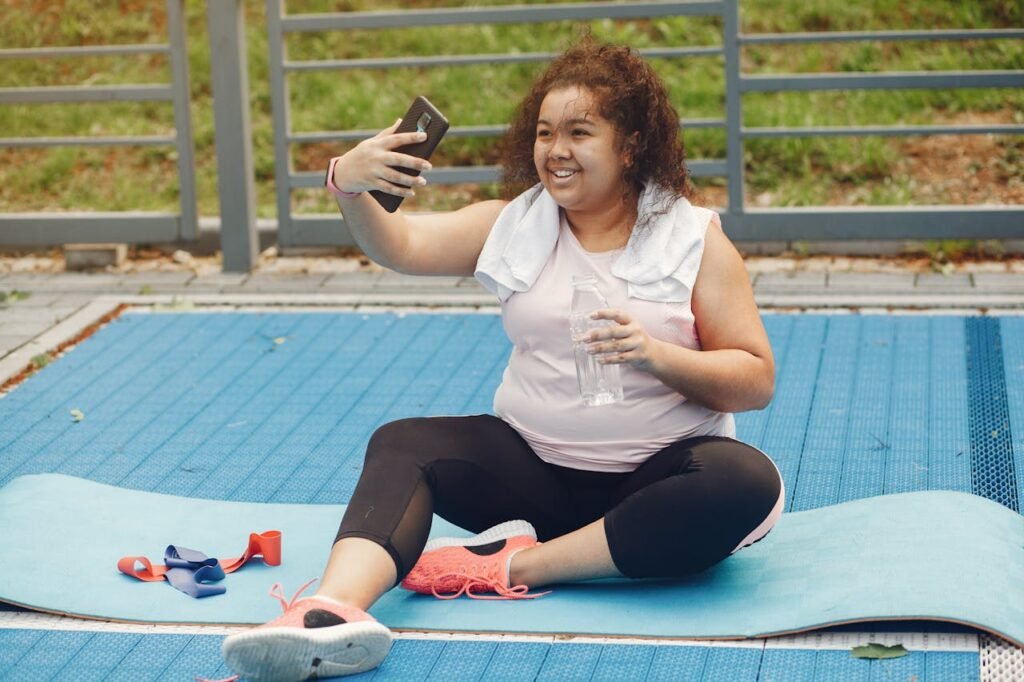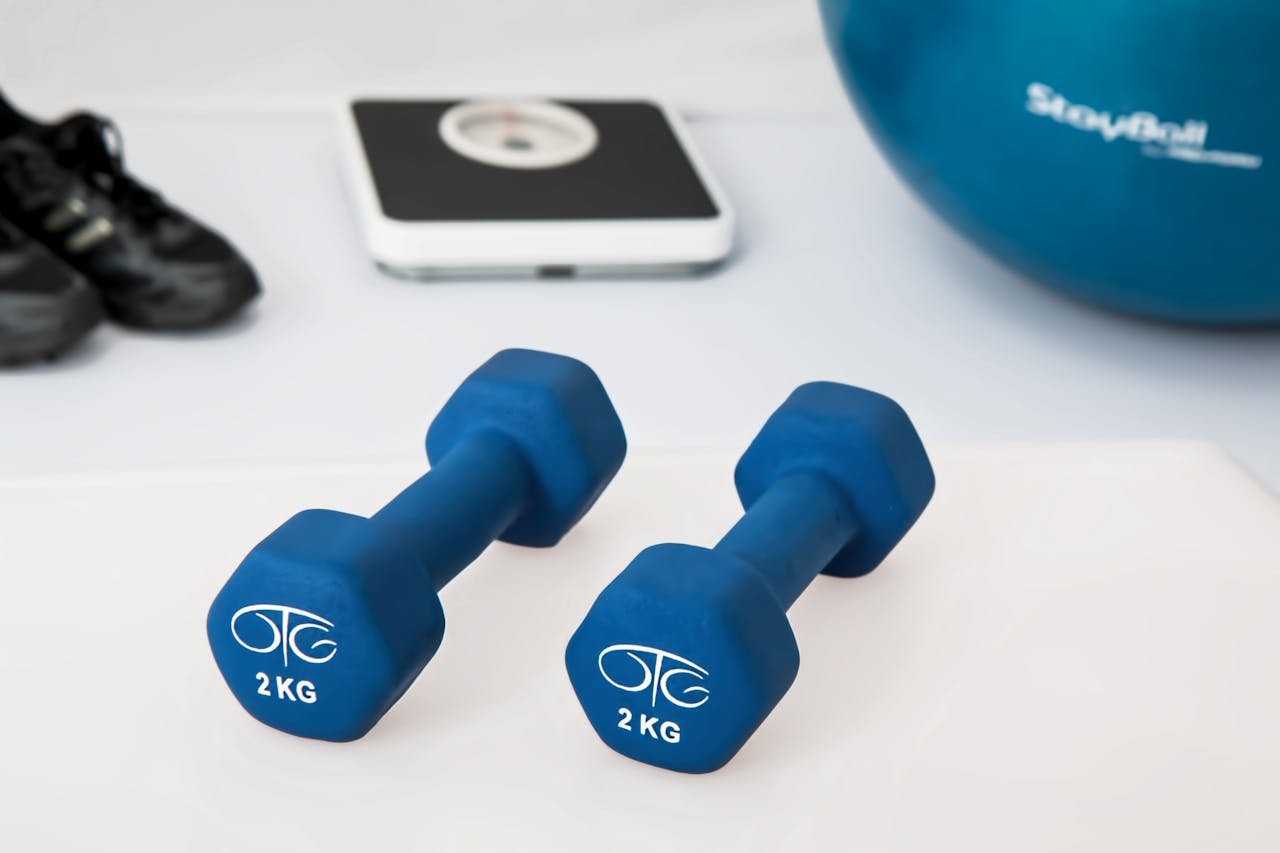When people think of fitness progress, they often focus on one thing – weight. Stepping on the scales can be a quick way to gauge changes in your body, but it’s not the only way. Focusing solely on weight can lead to frustration, especially when you don’t see the results you expect. Fitness is about much more than numbers on a scale.
Measuring weight alone can overlook many other improvements in your health. As you progress, your body might change in ways that aren’t reflected in weight loss. You could be building muscle, losing fat, or enhancing flexibility, all without seeing much change on the scale. This is why it’s crucial to look at other metrics that go beyond weight.
To truly understand how your fitness journey is developing, you need a more complete view. There are several ways to track your progress that take into account the different aspects of fitness. These include body fat measurements, strength gains, improvements in flexibility, and even mental well-being. By focusing on these, you’ll gain a more realistic sense of your overall health.
Measuring Body Fat
One of the best ways to track physical progress is by measuring body fat. This can offer a clearer picture of how your body is changing over time. When you build muscle and lose fat, your weight may not change much. However, the ratio of fat to muscle is a more important indicator of your overall health.
Several methods are available for measuring body fat. Some of the more accessible ones include skinfold callipers, bioelectrical impedance scales, and body composition tests. Skinfold callipers, for example, are easy to use at home. They measure the thickness of fat under the skin at different points on the body. Bioelectrical impedance scales are another common tool, often available in gyms or for personal use at home. These scales send a small electrical current through your body to estimate your body fat percentage.

For more precise readings, methods such as a DEXA scan or hydrostatic weighing may be used. A DEXA scan uses X-rays to measure your bone density and body fat. Hydrostatic weighing involves being submerged in water to determine body fat based on buoyancy. These are usually performed in specialist clinics but can give very accurate results.
Measuring body fat regularly can give you a much better understanding of your physical transformation. Unlike weight, body fat percentage shows the balance between muscle and fat, which is a more accurate reflection of your health.
Tracking Strength Gains
Building strength is another key marker of fitness progress. As you train, you might not see a big change on the scales, but the strength improvements you make are an essential part of your fitness journey. Tracking strength gains can give you a sense of how far you’ve come, even when your weight stays the same.
To track strength, you can keep a record of how much weight you lift during your workouts. This includes exercises like squats, deadlifts, or bench presses. Keep a log of the weight you lift for each exercise, the number of sets, and the repetitions you complete. Over time, you should see gradual increases in your strength levels. Whether it’s being able to lift heavier weights or doing more repetitions, these gains are clear signs of progress.
Strength isn’t just about lifting heavy weights, though. It also includes improvements in endurance and muscular control. You can track how long you can hold a plank, or how many push-ups you can do before fatigue sets in. These are all great indicators of increasing strength and resilience.
Tracking strength gains is vital for staying motivated. Seeing improvements in how much you can lift or how long you can hold a pose can give you confidence in your abilities. It helps you stay focused on your journey and makes it easier to celebrate the small victories along the way.
Flexibility Improvements
Flexibility is often overlooked when tracking fitness progress, but it plays a huge role in overall health and well-being. Greater flexibility can enhance your performance in workouts, reduce the risk of injury, and even improve posture. Tracking your flexibility progress can help ensure you’re maintaining a balanced approach to fitness.
You can measure flexibility improvements by testing your range of motion in different exercises. This can include how far you can reach in a forward fold, the depth of your squats, or your ability to hold certain yoga poses. Regular stretching routines or yoga sessions can improve flexibility, and by tracking small milestones, you’ll see clear progress.

Flexibility isn’t just about being able to do the splits. It’s about your body’s ability to move freely without discomfort or pain. As you work on your flexibility, you might notice that daily movements like bending down to tie your shoes or reaching for something on a shelf become easier. These improvements may seem small, but they make a big difference in your overall quality of life.
Keeping a record of your flexibility gains, whether through photos, videos, or simple notes, allows you to celebrate these non-scale victories. Over time, you’ll see improvements in how fluidly and comfortably your body moves, which is an essential part of fitness.
Mental Well-Being
Physical fitness often goes hand in hand with mental well-being. As you progress on your fitness journey, you may notice positive changes in your mental health that don’t show up on the scale. Tracking your mental well-being is an important part of understanding how your fitness routine is impacting your overall quality of life.
Exercise releases endorphins, the body’s “feel-good” hormones, which can improve mood and reduce feelings of stress. Many people also experience increased self-esteem and a sense of accomplishment as they become fitter. To track your mental well-being, you might keep a journal where you note how you feel before and after workouts. You could also track other indicators like how well you sleep, your energy levels, or your ability to focus during the day.
Improving mental well-being through fitness isn’t just about feeling happy or less stressed. It also includes developing a healthier relationship with your body and your fitness routine. You may find that you become more mindful of how your body feels and more accepting of its natural progress. These mental shifts are just as important as the physical ones.
By tracking mental well-being alongside other fitness metrics, you can develop a more holistic understanding of your health. Fitness isn’t just about looking good or achieving a certain weight – it’s about feeling good in both body and mind.
Progress Photos and Measurements
Another effective way to track progress without focusing on the scale is by taking progress photos and body measurements. Photos can give you a visual representation of how your body is changing over time. Sometimes, changes in body composition, muscle tone, and posture aren’t noticeable in the mirror or on the scales. Progress photos help document these subtle changes.
To get the most out of this method, take photos at regular intervals – every two weeks or once a month, for example. Use the same angles, lighting, and clothing each time for consistency. Over time, you’ll be able to compare the photos and notice improvements in muscle definition, posture, and overall physique.

Body measurements are another great way to track progress. Measure key areas like your waist, hips, thighs, and arms with a tape measure. This can help you see how your body is changing, even when the scales don’t show it. Like photos, body measurements can reveal reductions in fat or increases in muscle that weight alone might not capture.
Combining these two methods provides both a visual and measurable way to track your progress, giving you more insight into how your body is transforming over time.
Conclusion
Tracking your fitness progress beyond the scale is vital for long-term success. Focusing on non-weight-based metrics such as body fat percentage, strength gains, flexibility improvements, and mental well-being gives you a fuller picture of your health. These methods help you celebrate small victories that might otherwise go unnoticed, keeping you motivated and committed to your fitness journey.
By using a combination of body fat measurements, strength tracking, flexibility tests, mental health indicators, and progress photos, you’ll develop a more holistic understanding of your fitness progress. This well-rounded approach ensures that you’re not solely focused on weight, but instead, on how your body and mind are evolving as you continue your journey towards better health.





